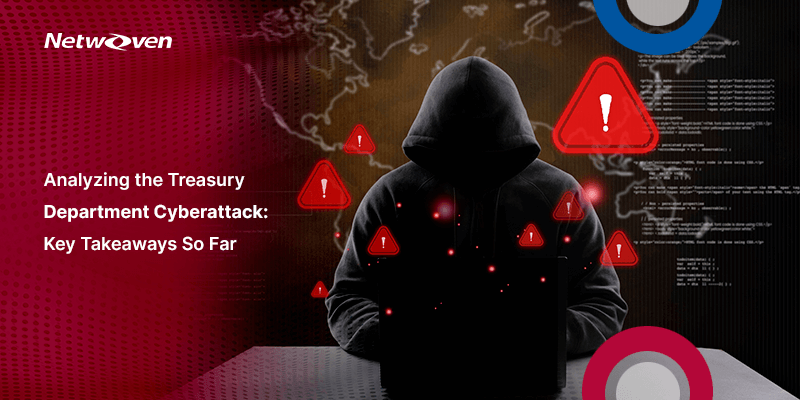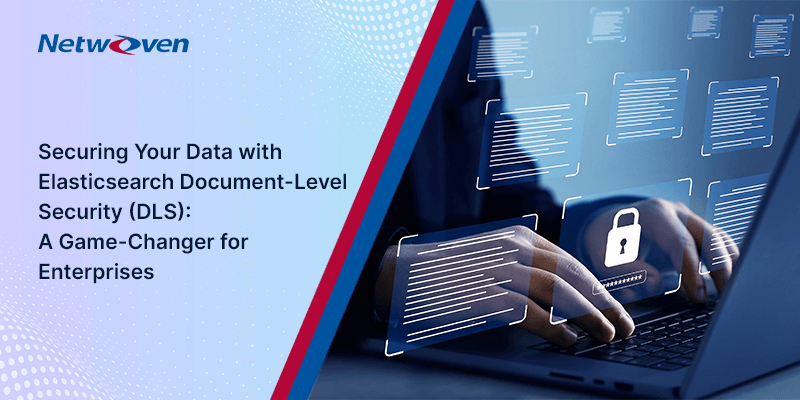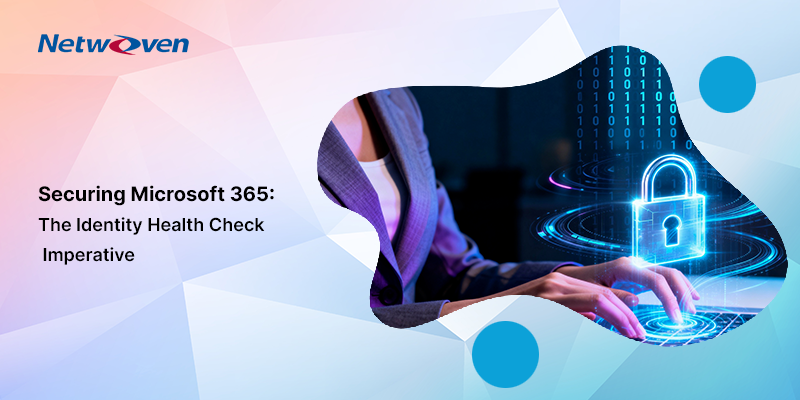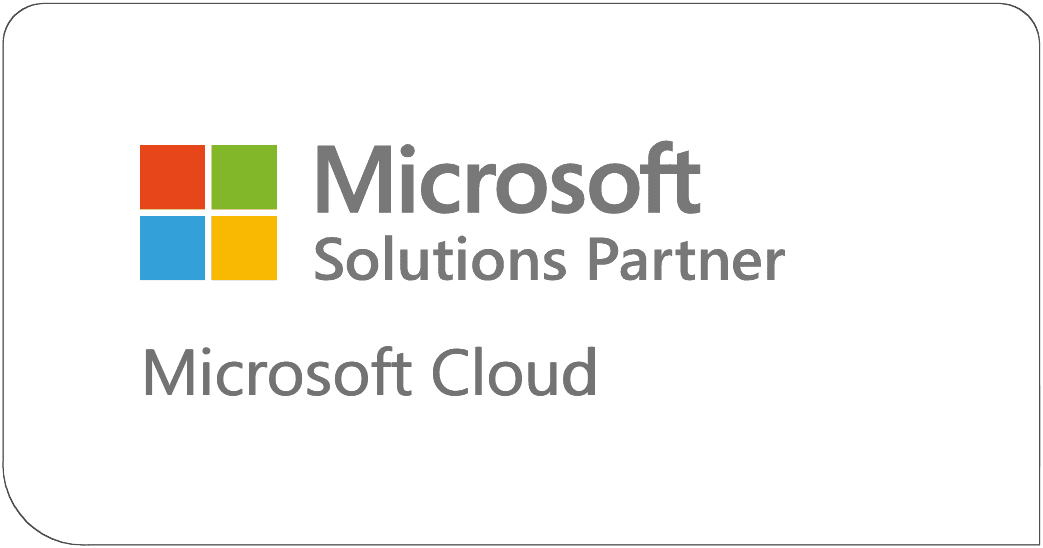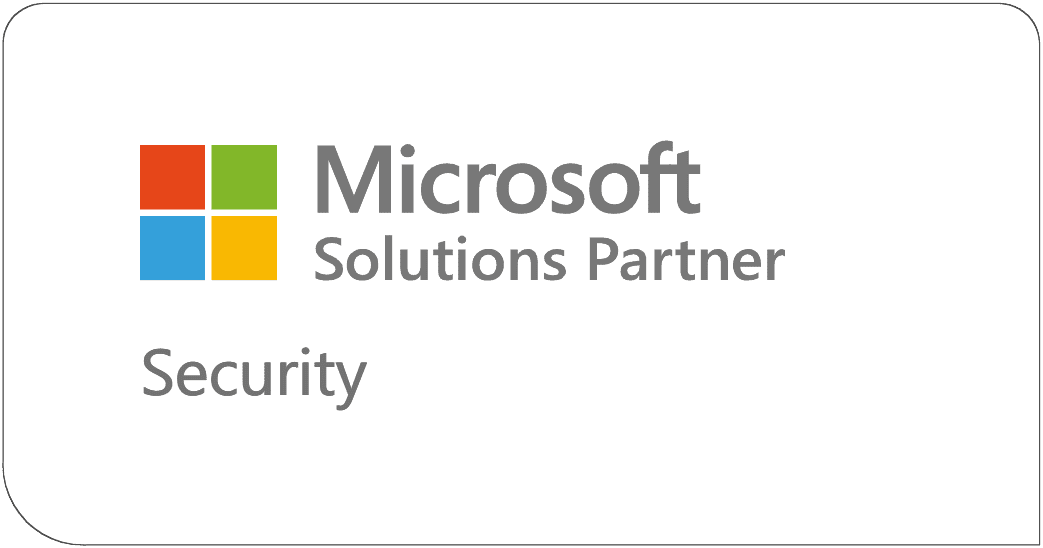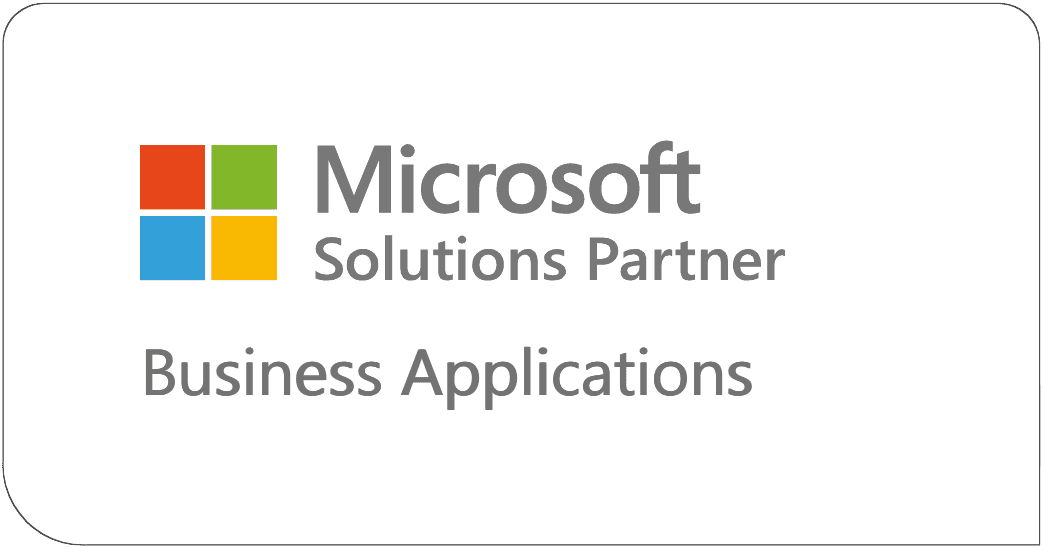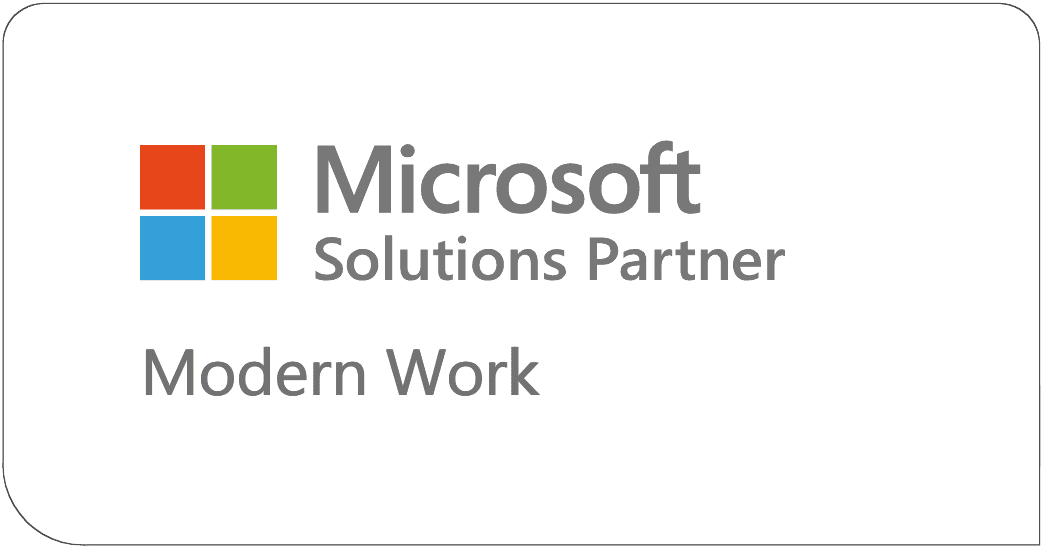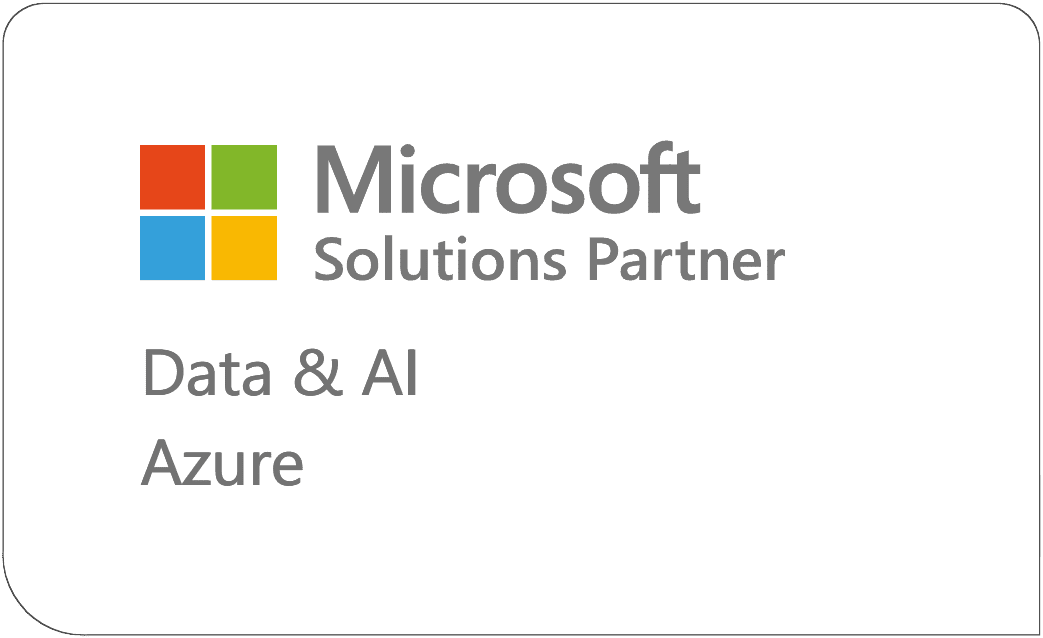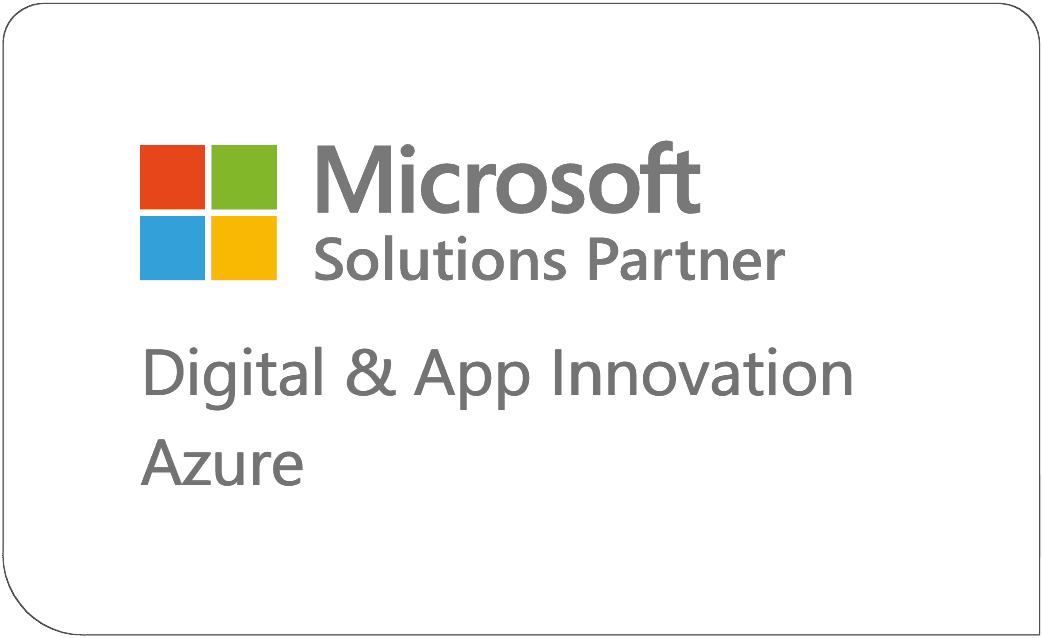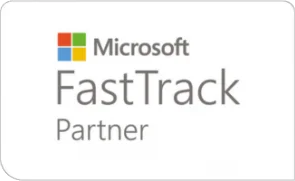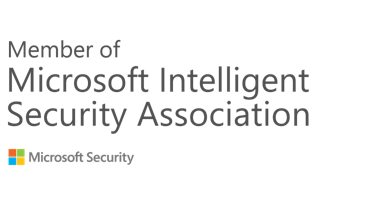Introduction
In December 2024, the U.S. Treasury Department became the target of a significant cyberattack. State-sponsored hackers from China exploited vulnerabilities in remote support tools, gaining access to sensitive government systems. The breach, which compromised employee workstations and unclassified documents, underscored the growing complexity and sophistication of modern cybersecurity threats.
The Method Behind the Attack
The attackers infiltrated the Treasury Department by exploiting a vulnerability in BeyondTrust’s remote support software. By stealing an API key, they bypassed key security defenses, gaining unauthorized access to multiple user workstations. These systems contained unclassified documents – not highly sensitive, but still critical to government operations.
The breach went undetected for several days, raising serious concerns about the timeliness and robustness of existing monitoring and detection mechanisms. This incident reveals an urgent need to rethink how security measures are applied to third-party tools and services.
What Was at Risk?
Although the compromised data was classified as “unclassified,” the potential implications are significant. Internal reports, policy drafts, and operational documents, while not top-secret, could provide insights into government workings and decision-making processes. This highlights a key point: even seemingly low-risk data can become a goldmine for adversaries when aggregated or analyzed in context.
Known vulnerabilities, specifically CVE-2024-12356 and CVE-2024-12686, in BeyondTrust’s tools, played a crucial role. These vulnerabilities were publicly documented but remained unpatched, pointing to a gap in vulnerability management practices. BeyondTrust has not confirmed whether these specific flaws were exploited, but their existence underscores the risks of delayed patch management.
Why This Matters
This attack serves as a stark reminder that cybersecurity is not static. Adversaries are constantly evolving their techniques to exploit even minor oversights. For organizations, this incident highlights the necessity of:
Data Sensitivity Awareness
Classifying data appropriately to ensure critical information gets the security attention it needs.
Comprehensive Vulnerability Management
Regularly identifying and addressing known vulnerabilities in software and systems.
Proactive Security Postures:
Shifting from reactive to proactive approaches in both detection and response mechanisms.
Real-World Lessons from the Breach
Organizations must reassess their security frameworks to address both external and internal threats effectively. The breach raises pivotal questions: Are your systems prepared to detect and respond to similar sophisticated attacks? How secure are your trusted tools and services?
Netwoven’s Govern365, for example, offers robust data governance solutions. By helping organizations classify, manage, and secure their data, such tools can reduce the risk of unauthorized access. This kind of governance is no longer optional but essential.
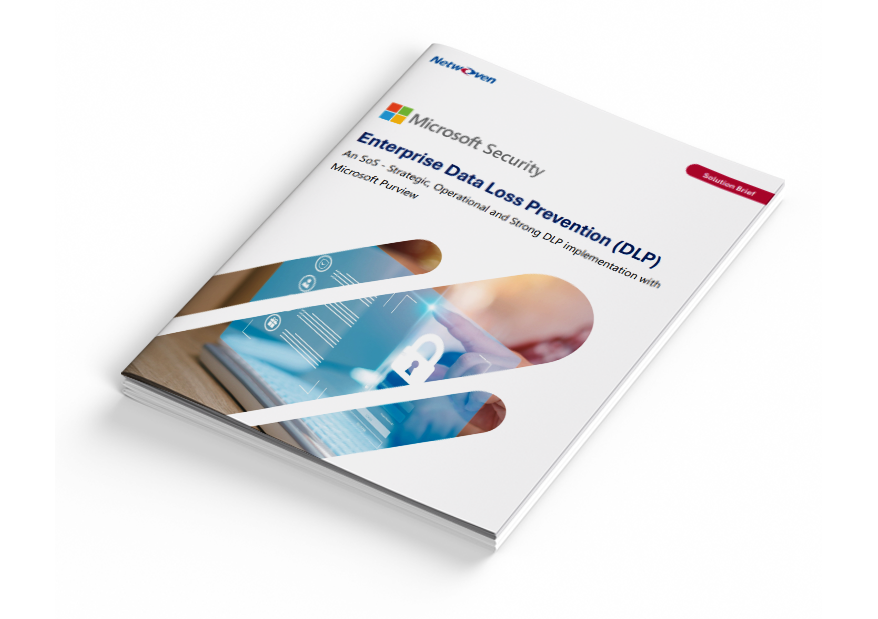
Unlock the Power of Enterprise Data Loss Prevention (DLP) with Microsoft Purview
Organizations face growing challenges in protecting sensitive data due to rising cyber threats and remote work. This solution brief outlines a strategic approach to implementing Microsoft Purview DLP to safeguard information, prevent unauthorized access, and ensure regulatory compliance.
Get the Solution BriefA Path Forward: Preventing Future Cyberattacks
Leveraging Zero Trust Frameworks
Modern security requires a Zero Trust approach – never assume trust, always verify. The following tools and strategies can strengthen your organization’s defenses:
Microsoft Entra ID Controls
- Implement Conditional Access (CA) policies to ensure access is granted based on risk assessment.
- Enforce Multi-Factor Authentication (MFA) to reduce the risk of compromised credentials.
Microsoft 365 Defender Suite
- Use Defender for Identity to monitor and detect identity-based threats.
- Employ Defender for Endpoint to secure devices against sophisticated attacks.
Defender XDR and Security Copilot
- Integrate Defender XDR (Extended Detection and Response) for end-to-end threat correlation.
- Leverage Security Copilot, an AI-powered assistant, for faster incident response and deeper threat analysis.
Microsoft Sentinel
- Deploy Sentinel for advanced threat hunting and security orchestration across cloud and on-premises environments.
- Automate responses with custom playbooks, reducing the time attackers have to exploit vulnerabilities.
Comprehensive Data Governance
- Use tools like Govern365 to classify and protect sensitive data, ensuring critical information is prioritized for security measures.
Building a Resilient Security Culture
Beyond tools, organizations must foster a culture of security. Regular training, clear communication, and accountability can ensure employees and stakeholders are active participants in protecting sensitive data.
Conclusion
The breach at the U.S. Treasury Department demonstrates how even well-resourced organizations can fall victim to advanced cyberattacks. The evolving threat landscape demands vigilance, robust tools, and proactive strategies.
By adopting a Zero Trust framework and leveraging solutions like Entra ID, M365 Defender, Sentinel, and Security Copilot, organizations can significantly enhance their security posture. The question remains: when the next attack comes, will your defenses be ready?
Start preparing today. Invest in comprehensive security measures and ensure your organization stays one step ahead of the cyber adversaries.

